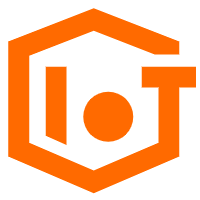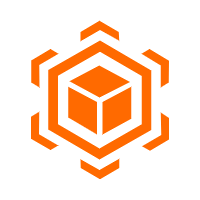
According to Gartner, 6.4billion “things” will be in use worldwide in 2016 and the technology consulting firm expects this number to grow to 21 billion by 2020. That’s a massive amount of data and devices to manage and integrate into the cloud.
Using the data generated by Internet of Things (IoT) technology to deliver measureable business value has great potential, particularly when it comes to creating efficiencies and reducing operational costs. More importantly, leveraging these sensors and the data generated will drive innovations in how we power our world.
However, as the IoT market expands, integrating this data into existing infrastructure can leave organizations vulnerable to a new host of security challenges. When evaluating how to leverage this data, it’s critical for IT decision makers to come together with their CEO and determine not only how to protect themselves from an attack today, but attacks in the future.
Attackers are becoming more sophisticated and IoT data is susceptible to a new kind of threat known as data sabotage or manipulation. Rather than simply stealing valuable data, data manipulation attackers subtly alter the data so everything looks fine while they carry out their malicious intent. For example, attackers may modify a company’s earnings report or tweak its credit rating in order to cause the company’s stock price to fall. Attackers can then financially benefit by short selling the stock in advance of the attack.
The IoT is also making organizations vulnerable to DDoS attacks on a scale never seen before. As smart devices or sensors connected to IoT continues to grow, this provides attackers with more resources to mount a devastating attack. In September 2016, the French ISP, OVH, was subject to the largest DDoS attack in history, which peaked at over 1 terabit per second of traffic. 152,000 attacked IoT devices, including potentially smart refrigerators or thermostats, were used to launch the record-breaking attack.
In order to protect against these types of attacks, it’s imperative to have a multi-layer security approach that starts with an integrated security system at the cloud infrastructure level. Organizations should look for systems that include:
By incorporating the above security measures directly into the cloud infrastructure, businesses can reduce the risk of these types of attacks. As IoT data use increases as time goes on, the ability of attackers to access the Cloud to sabotage data or mount massive DDoS attacks does so in equal measure.

2,605 posts | 747 followers
FollowAlibaba Clouder - April 27, 2017
Alex - June 18, 2020
Rupal_Click2Cloud - December 12, 2023
Rupal_Click2Cloud - September 13, 2022
Alibaba Clouder - August 7, 2019
PM - C2C_Yuan - September 15, 2023

2,605 posts | 747 followers
Follow IoT Platform
IoT Platform
Provides secure and reliable communication between devices and the IoT Platform which allows you to manage a large number of devices on a single IoT Platform.
Learn More IoT Solution
IoT Solution
A cloud solution for smart technology providers to quickly build stable, cost-efficient, and reliable ubiquitous platforms
Learn More Anti-DDoS
Anti-DDoS
A comprehensive DDoS protection for enterprise to intelligently defend sophisticated DDoS attacks, reduce business loss risks, and mitigate potential security threats.
Learn More Anti DDoS Basic
Anti DDoS Basic
A cloud-based security service that protects your data and application from DDoS attacks
Learn MoreMore Posts by Alibaba Clouder